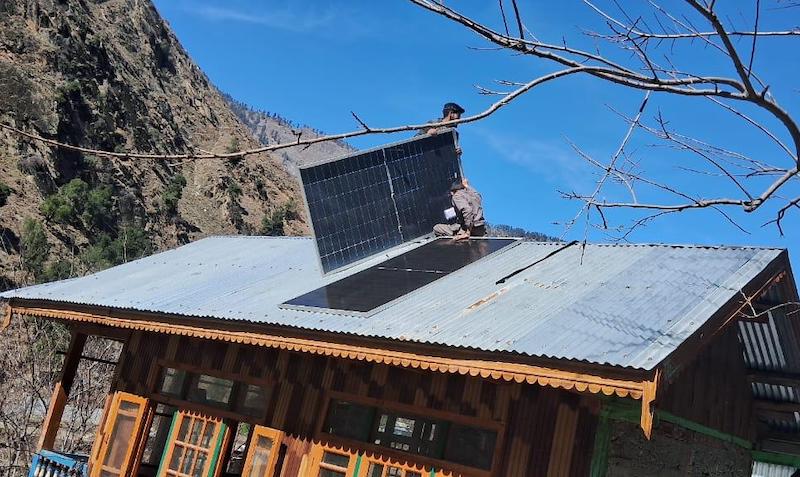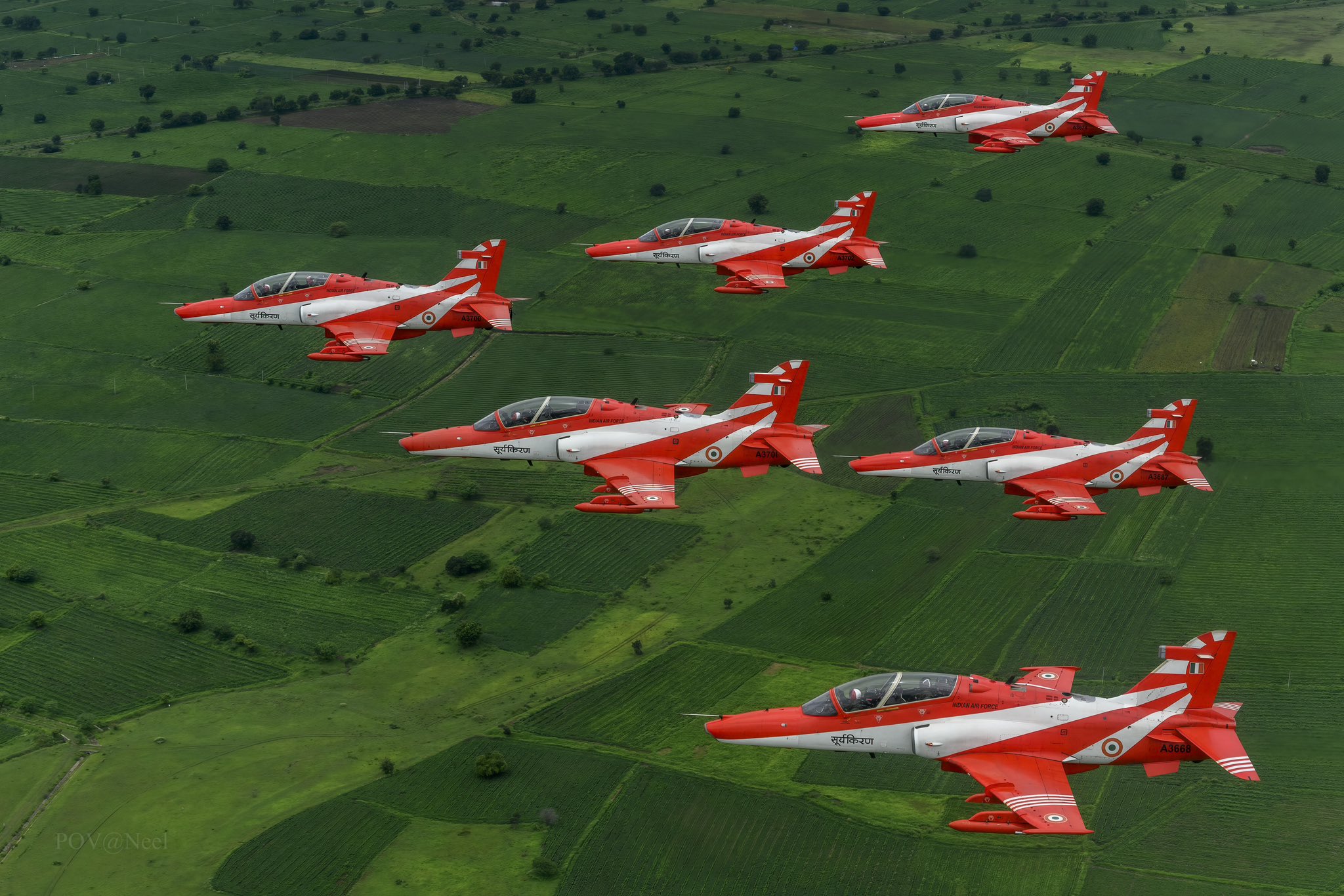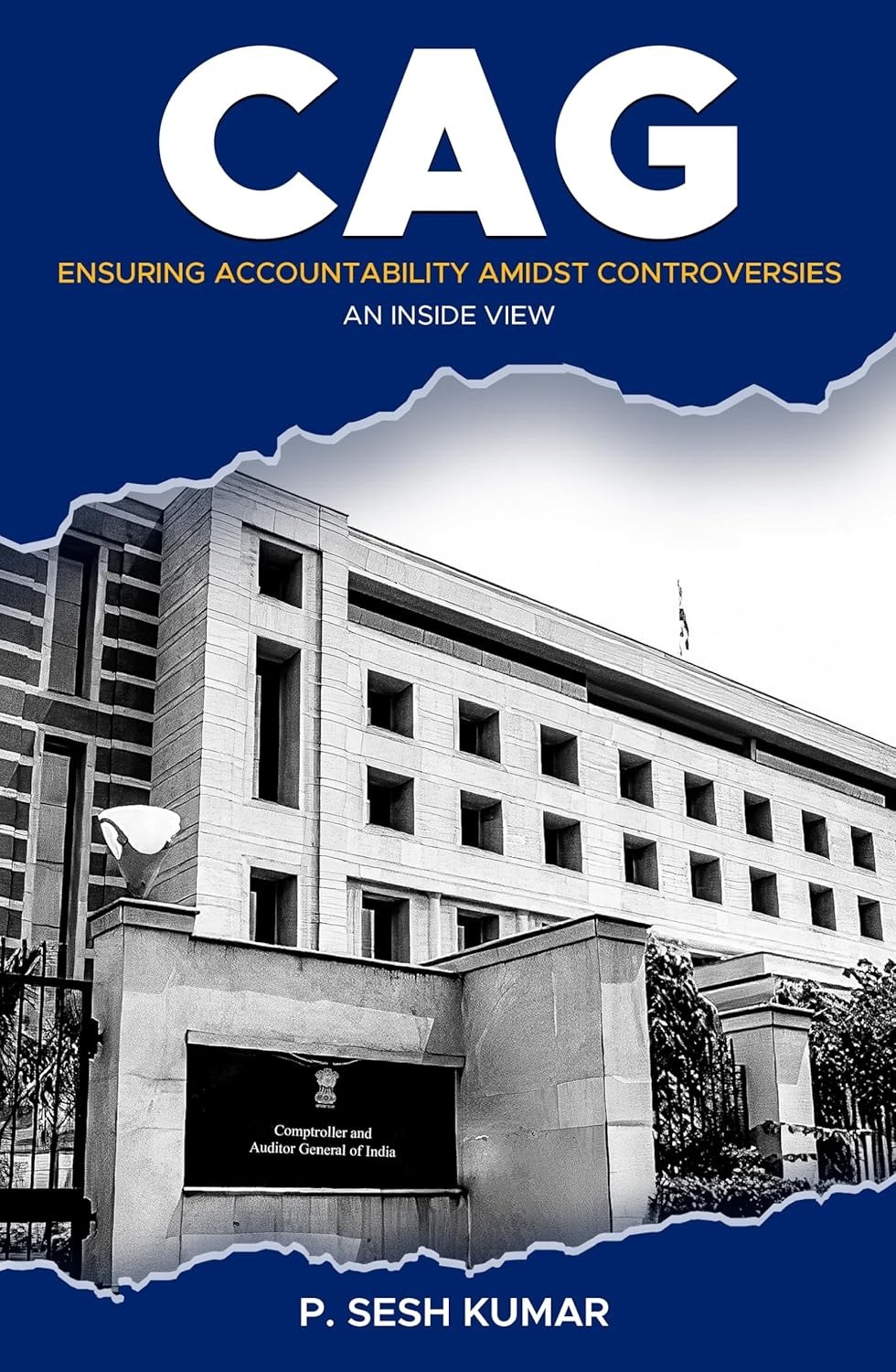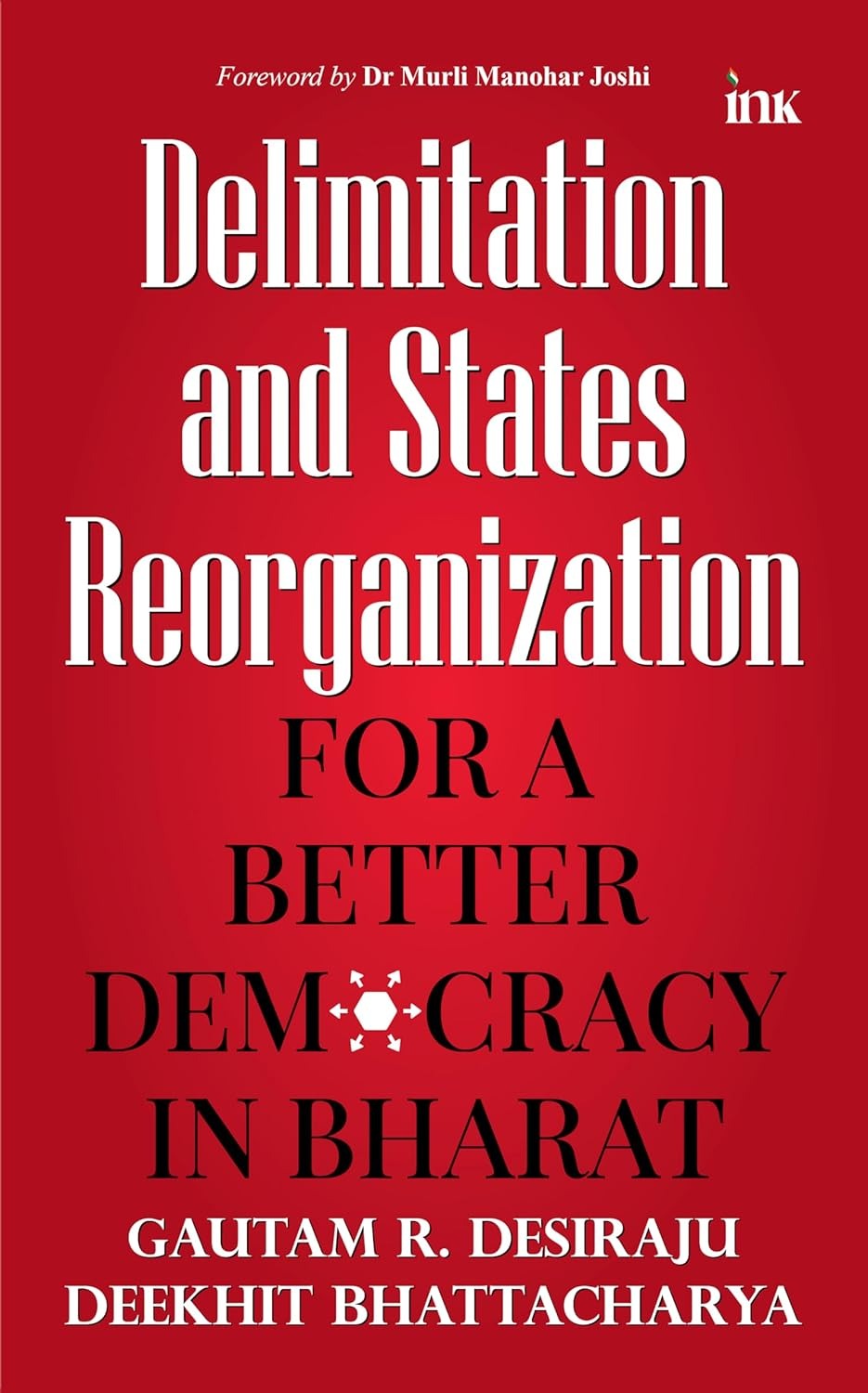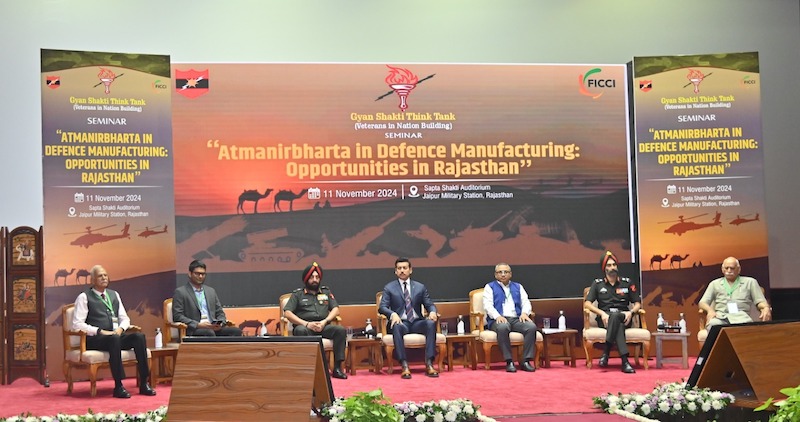 The Book -- "India in 2050" is written by Lt Gen Arun Sahni (R)
The Book -- "India in 2050" is written by Lt Gen Arun Sahni (R)
The rising maritime profile of India by 2050 may bring new challenges in Indo Pacific over sharpening rivalry to exploit the blue economy in the exclusive economy zones (EEZs), Lt Gen Arun Sahni ® stated in a new book – India in 2050: Visions for a Superpower.
“The exclusive economy zones (EEZs) and the development of the blue economy, the future engine growth for the world, will create contestation and strife in the maritime space of the Indo-Pacific, necessitating a strong and effective navy,” wrote Sahni in the book.
Read Also: India’s law enforcement must not hide behind shield of police reforms
The military veteran has argued that “India holds great strategic and economic significance due to its central location in the Indian Ocean and proximity to major global economic centres in South Asia, Southeast Asia, East Asia, and China”. Sahni argued that the threat perception in the next few decades “will have a wider canvass of challenges from cyber, space, and ever-evolving disruptive technologies with fast-paced changes by generative AI and climate related disasters”.
The military veteran has contributed one chapter in the book titled ‘The Indian Armed Forces in 2047: A Credible Instrument’. Sahni has stated that India will have to brace up for the challenges posed by the unresolved land and maritime borders. Sahni has called for preparedness to deal with the “legacy challenges”.
“The territorial estrangement with both our neighbours, China and Pakistan, will diminish in intensity but is not likely to be resolved in light of the larger geopolitical subtleties. China will continue to be a major threat, with the land borders still unresolved and increasing challenges in the maritime domain,” added Sahni in the book.
Read Also: 1962 India-China war: How scholars misled Indians – a case study
Sahni, PVSM, has wide operational experience in the Indian army while he is now mentoring startups. The military veteran has warned in the book that China will continue to have an asymmetrical edge over India in weapon arsenals. “China’s war-waging arsenal, including missile and long-range vectors, disruptive weapon platforms, and space and cyber capabilities, will give it an asymmetrical edge against India,” added Sahni in the book.
However, the military veteran hoped that India will be able to develop own deterrence. “But our own growth trajectory with built-in deterrence will stymie any major aggressive adventurism by this adversary (China),” wrote Sahni.
Read Also: Will to Fight -- The 1962 India-China war operation at Hot Springs
He, however, warned that “this will not obviate the probability of skirmishes and conflicts restricted in space, with no end in sight”.
Sahni has also advocated a slew of structural changes in the Indian armed forces to deal with the future challenges. He also stressed in the book that the Indian armed forces will need to be future ready by adapting to the emerging technologies.
Read Also: ‘We Stared in the Eyes of Death’: The 1962 operations in Chushul
The military veteran argued that India’s rising economic profile on the world stage will bring challenges for the armed forces. Sahni argued in the book that the armed forces will need to evolve in structure and abilities to safeguard India’s economic and strategic advancements. The book has been published by BluOne Ink with aspects of various subjects addressed by a host of authors with respective domain expertise.
Follow us on social media for quick updates, new photos, videos, and more.
X: https://x.com/indiasentinels
Facebook: https://facebook.com/indiasentinels
Instagram: https://instagram.com/indiasentinels
YouTube: https://youtube.com/indiasentinels
© India Sentinels 2024-25

